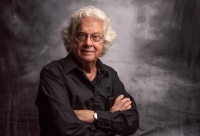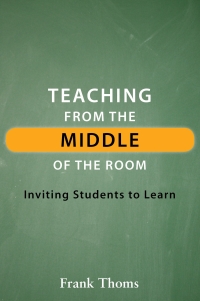Narrative: Paying attention to the stories we tell ourselves
I was fortunate that when I was in the classroom for forty years, nearly everyday I expected my students and I would connect, that we would accomplish, perhaps not what I intended, but quite sure it would work out.
Our narratives have much to say to us. We often tell ourselves what we think will happen over the horizon, but not knowing just what. I argue that a positive attitude going into the day points to a good outcome. But when we speak disparagingly, we set in motion diminished expectations. Sometimes so much so, we don’t realize the good that happens before us.
I remember when working with new teachers as a consultant, they would be struggling to make their classrooms succeed. Some would become discouraged. Given that they might not see the good in a day mixed in with the bad, which might feel overwhelming, I took the advice of a fellow consultant and told them, “When you get in your car after school, stop and think of the good moments in your day. Celebrate yourself as you drive out of the parking lot. Remember, you are a teacher, you are there because you chose to be there, and your students will be the better for you having been with them.” Good advice for all of us.
In reading an article in the Times, I came across a verse from Mary Oliver’s Poem Sometimes.
Instructions for living a life:
Pay attention.
Be astonished.
Tell about it.
I can’t imagine a more resolute narrative for our lives. Everyday we “Pay attention,” whether we are aware of it or not. When doing so, Mary Oliver’s “Be astonished” awaits. We choose to adopt it, we set in motion a wonderful narrative for ourselves. So much so, we want to “Tell about it.”
But there is no guarantee what will follow. In telling, we might find a responsive audience, or we might not. But that does not diminish our joy. We paid attention, we were astonished. And our joy is in the telling, regardless of its reception.
As teachers in these troubled times, find narratives that open you to yourself, to be together with your students despite what pressures or threats you may feel. Being yourself, paying full attention, finding astonishment (it’s there!), and telling about it. It’s true for all of us.

